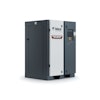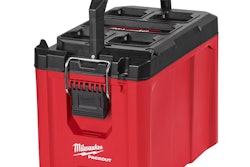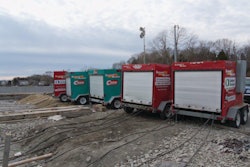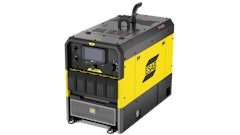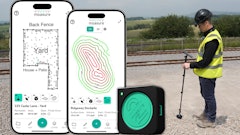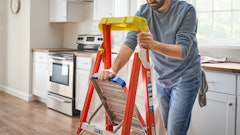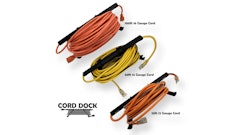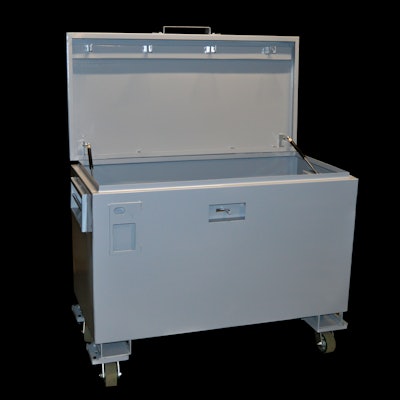
According to some insurance companies, tool theft on construction sites cost over a million dollars each year. But, the National Equipment Registry (NER) places that figure even higher, at over a billion dollars annually.
There are several methods contractors and site owners use to help deter tool and equipment theft. Some of these are fencing, signage, site lighting and video monitoring. In some cases, security guards patrol the area. However, there are inherent problems with these measures. While they seem proactive, the contractor is relying on a third-party solution to deter theft. If thieves want to steal tools and equipment, they will find a way to thwart these safeguards.
Using sturdy jobsite tool boxes and cabinets can be a great solution for preventing jobsite tool and materials theft. Job boxes are the construction site equivalent to a bank vault. During work hours, they keep the tools organized and accessible. After hours, they secure the contractor’s tools and supplies. Designed to withstand all weather conditions, jobsite storage boxes can be left onsite for extended periods of time.
What to look for in a jobsite box
Careful consideration must be given to purchasing a jobsite tool box. Low quality, less expensive versions can be purchased from home improvement outlets and some discount stores. However, these are not adequate. For a professional contractor, they prove to be anything but economical.
According to Matt Jones of LEC Products, heavy-gauge sheet steel and reinforcements are a must for box floors and sides. The thicker gauge metal also adds some extra weight to the finished product. In effect, it becomes an unseen deterrent to tool theft.
Thicker steel also stands up better to the rigors of construction site use. A box will be subjected to a lot of wear and tear onsite, and the heavy gauge steel and reinforcements protect the contractor’s investment by securely housing tools.
The type of steel used in manufacturing makes a difference as well. Hot-rolled steel is more malleable than cold-rolled and allows for more complex bends without weakening the steel when making box components.
Design characteristics that enhance security and usability
Many contractors chain their job boxes to support beams for added security. This usually means looping the chain through the handles.
A better design includes a key slot in the back. After looping the chain around the pole, both ends of the chain are passed through the slot and secured from the inside. This eliminates an exposed padlock, often the weakest link.
However, if choosing this option to further secure tools, be sure to inspect the latch system first. It should be fitted with a three-point latching mechanism. A hook secures doors together, while vertical rods pass through the top and bottom rails.
Furthermore, ensure the locking system is robust. A hasp and padlock is not an option for security. The padlock is too easily defeated by bolt cutters or torches. The best system utilizes a thick steel plate cover to protect the padlock while still permitting easy use of the key.
Save money on purchase, not quality
A well-built jobsite box is an investment, not just an extra cost. Nevertheless, contractors still want the most economic option available. For this, savings can be realized by finding a manufacturer that sells directly.
“Many jobsite boxes are sold through distributors or retail outlets and additional costs are tacked on to the overall price,” explains Jones. “Buying direct can reduce the cost or it can allow a contractor to get a higher quality, more secure box to protect valuable tools and equipment.”
LEC Products is a fabrication company, specializing in jobsite boxes and cabinets.



